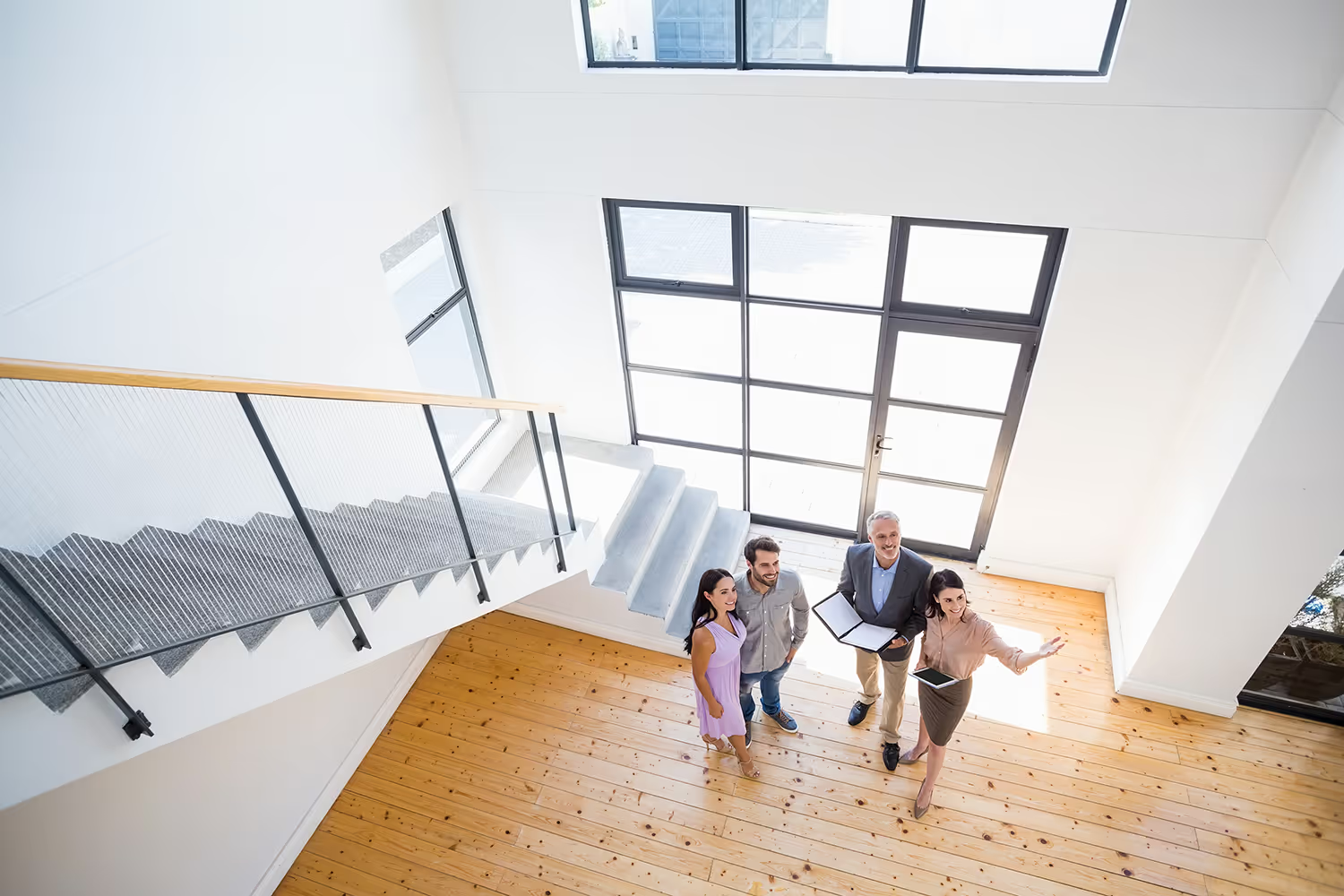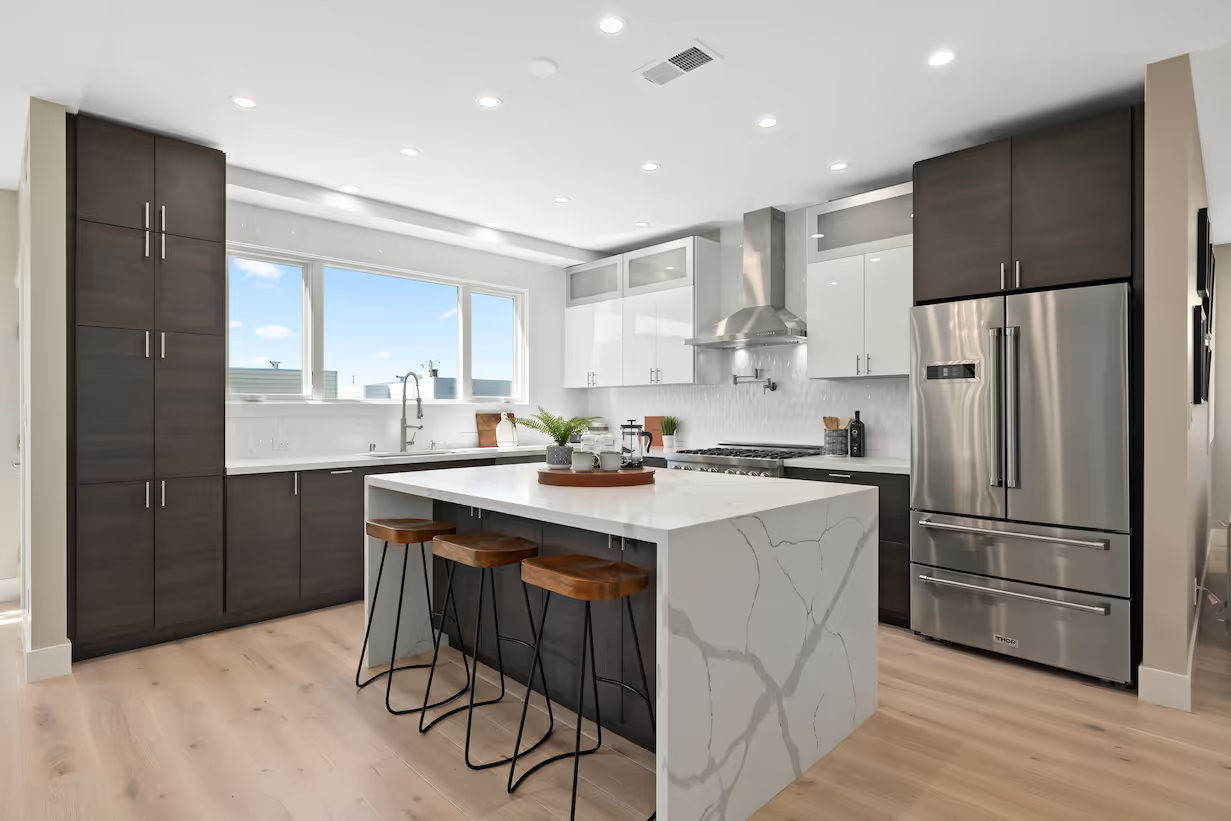Are you having trouble describing your personal interior design style? Or wanting to create a unique look to your space but unsure of where to start? To help address these questions, the Bold Interior Group have compiled a list of the fundamental interior design styles to provide you with a quick guide of the key styles. The guide will introduce you to the vocabulary typically used in the world of interior design and provide a foundation for understanding the numerous unique design styles. Future installments will include additional popular design styles and bedroom design ideas using the different design styles. Our hope is that by learning a bit about each design style, you will have the inspiration and tools needed for your next design project.
Modern Farmhouse
.jpeg)
Roots. One of the more recent design trends, the modern farmhouse concept is a simplified adaptation of a true farm house updated with a modern aesthetic.
Themes. Warm and inviting describe this style best; it is intentionally rustic and old-fashioned to create a cozy space that is full of character. This design concept blends contemporary design elements with comfortable aesthetics; a mix of old and new create the inviting feel needed for a modern farmhouse space. Practicality is important with this design concept — furnishings and accessories should be functional and comfortable. Organic and natural materials are commonplace creating a foundation for the space; furnishings made of steel can be used as accents — think barndoors and stainless-steel appliances.
Colors. Neutral tones of beige and white; use different materials and textures for accents rather than bright colors.
Modern

Roots. The modern design style originated at the turn of the 20th-century and is thus tied to the early- to mid-20th century time period. The minimalist design aspect of modern design has clean, crisp lines owing to its German and Scandinavian architecture and design roots.
Themes. Modern design employs a sleek style with little accessories and no clutter using neutral materials and earthy colors. An open floor plan and natural light (through unadorned windows) are typical for modern design spaces. Natural materials are commonly used such as wood, stone and leather. Keeping with its minimalist concept, each decorative piece in a modern style room has a function and is not used just for aesthetic charm.
Colors. Simple color palettes with whites, beiges, and anything neutral; occasionally turquoise, rust and greens are used — the bold color is used as a focal point to break up neutrals.
Contemporary

Roots. Contemporary is defined as “occurring at present”. Contemporary design has roots dating back to the 1970s with a design style that is continually evolving to live up to its name. Thus, the contemporary design concept is not tied to any specific time period.
Themes. Since contemporary refers to the here and now, this design style refers to current design trends with touches of the past — classic yet thoroughly of the moment. The main concept within contemporary design is to create harmony with the natural environment. Similar to the modern design concept, contemporary style has minimal aesthetics with clean architectural lines and use of natural materials such as wood, cork and stone. Glass, metal and concrete are also abundantly used in contemporary design style. In contrast to modern design lines that are crisp and sharp, contemporary design uses curves and sweeping lines. Contemporary style has an open space feel to it, which is emphasized with white walls and monochromatic furniture. Avoid patterns and detailed ornamentation.
Colors. Strict palette of black, white and gray are characteristic of contemporary design. Stick to a neutral foundation, then subtle hints of color may be used to add personality to a contemporary space.
Transitional

Roots. Transitional design combines traditional furnishings with contemporary elements blended together to create a timeless design.
Themes. The main attribute of transitional style is that it avoids the extremes; it aims to find a balance between the clean, clutter-free contemporary concept with the rich patterns of traditional style. Typically, this is achieved by combining the classic lines of traditional design with the colors and furnishings of the contemporary style. Let the contemporary lines of the furniture be the focal point and incorporate textural elements such as glass, wood and steel. Limit the use of accessories; art should be displayed sparingly. Transitional design is all about finding a happy medium, the right balance for a clean, calming aesthetic that is warm and inviting.
Colors. Neutral colors such as grays, tans and warm whites to incorporate both styles. Darker colors like browns and blues are used to add depth; prints are occasionally used to provide a pop of color.
Scandanavian

Roots. Scandinavian design is known for its simple minimalist style, as is characteristic of the life in Nordic countries — Iceland, Norway, Sweden, Finland and Denmark (interesting side note: only Norwegians, Swedes and Danes typically refer to themselves as Scandinavian). Having emerged in the 1930s, it wasn’t until the early 1950s that Scandinavian design gained popularity.
Themes. Scandinavian design focuses on simplicity and functionality. This style centers around clean, simple elements and flawless craftmanship. Gentle contours and defined organic materials such as leather, wood, and hemp are highlights of this style. For Scandinavian design, care must be given to object proportions and fluid lines. Adding natural elements, such as indoor plants and fresh flowers, provide a living element of color. The use of warm textiles (throws and carpets) help to make a Scandinavian design space feel cozy and warm. Stick to natural lighting and less accessories, although minimal accessories can be used to introduce accent colors.
Colors. Focus on neutral colors such as hues of whites, grays, blacks and browns. Use multiple shades of the same color family to avoid leaving your space feeling stark and cold.






.avif)


